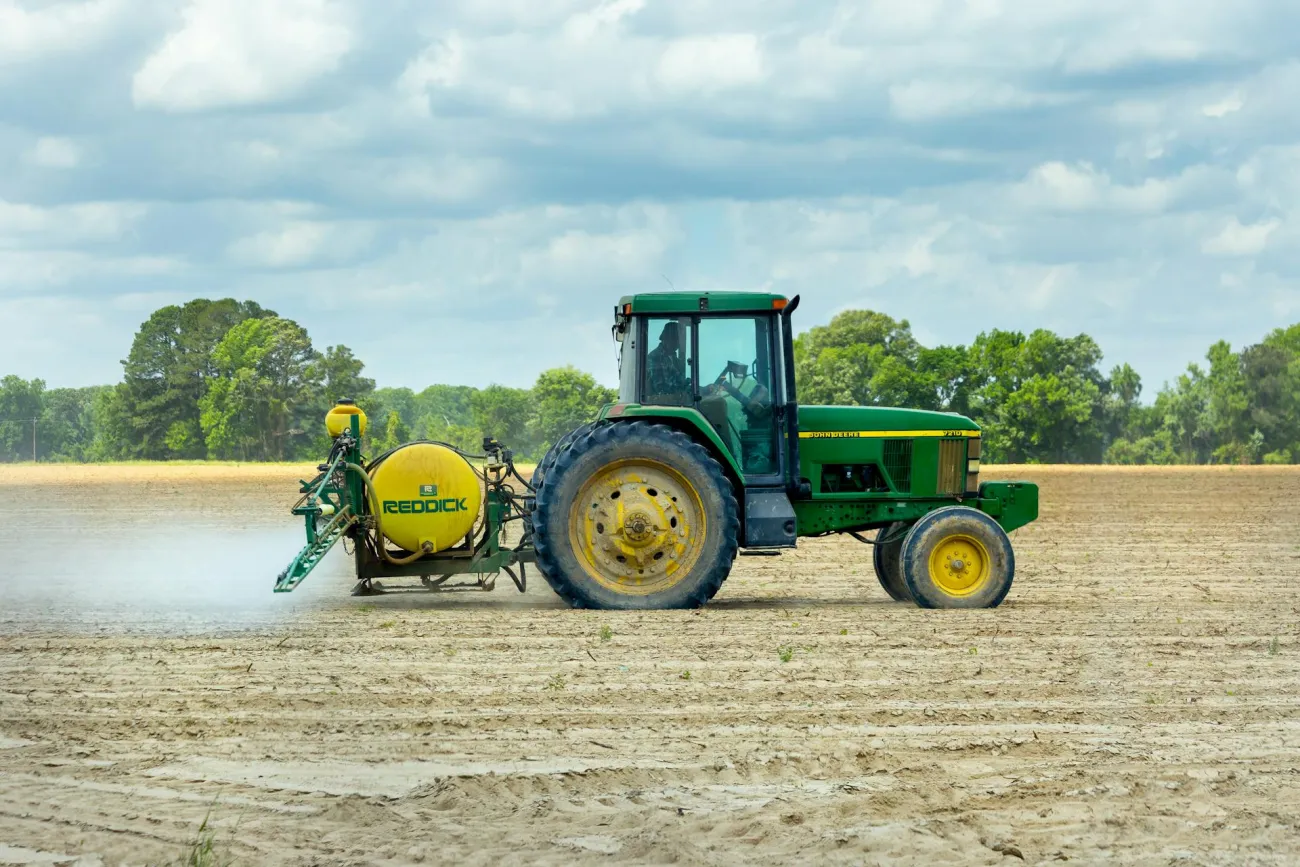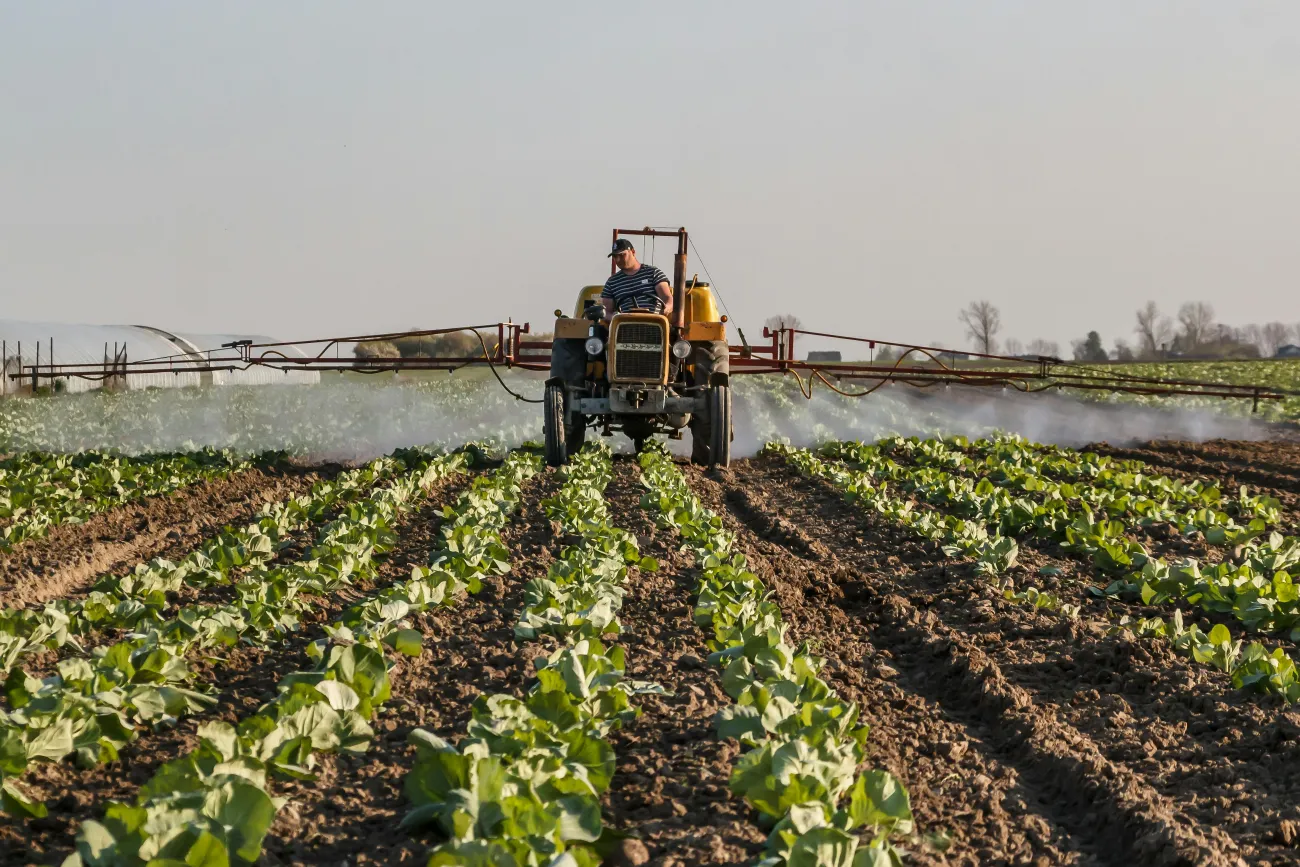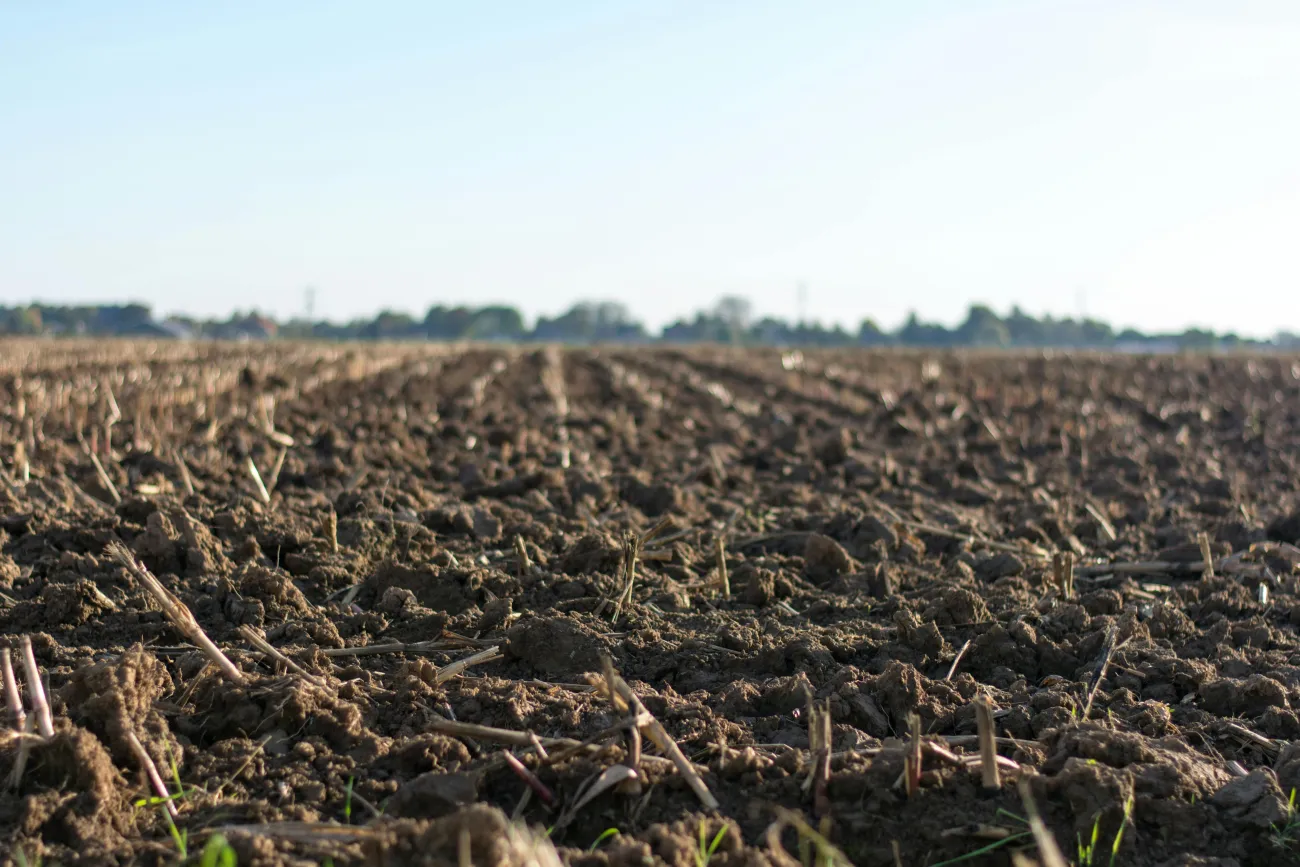A couple of papers by FCRN mailing-list members on soil carbon sequestration: these conclude that the benefits of soil carbon sequestration activites (through the incorporation of organic matter and/or reduced tillage) have been overstated and may distract attention from other priorities, including halting deforestation and improving N use efficiency.
However it is pointed out that increasing or maintaining the organic C content of soil is almost always beneficial for soil quality and functioning and this is especially so for agricultural soils – ie. sequestration activities represent a ‘no regrets’ activity and are worth doing anyway. In addition the authors point out that genuine sequestration and net GHG savings may be achieved through revegetating degraded lands, through the application of compost (where it diverts organic waste from land fill) and there may also be significant benefits arising from the production of biochar.
NB: for an overview of soil carbon sequestration issues, you may want to look at the FCRN’s workshop report on the subject here.
Soil carbon sequestration to mitigate climate change: a critical re-examination to identify the true and the false
Powlson D S, Whitmore A P and Goulding K W T (2011). Soil carbon sequestration to mitigate climate change: a critical re-examination to identify the true and the false, European Journal of Soil Science, 62, 42–55
The term ‘carbon sequestration’ is commonly used to describe any increase in soil organic carbon (SOC) content caused by a change in land management, with the implication that increased soil carbon (C) storage mitigates climate change. However, this is only true if the management practice causes an additional net transfer of C from the atmosphere to land. Limitations of C sequestration for climate change mitigation include the following constraints: (i) the quantity of C stored in soil is finite, (ii) the process is reversible and (iii) even if SOC is increased there may be changes in the fluxes of other greenhouse gases, especially nitrous oxide (N2O) and methane. Removing land from annual cropping and converting to forest, grassland or perennial crops will remove C from atmospheric CO2 and genuinely contribute to climate change mitigation. However, indirect effects such as conversion of land elsewhere under native vegetation to agriculture could negate the benefit through increased CO2 emission. Re-vegetating degraded land, of limited value for food production, avoids this problem. Adding organic materials such as crop residues or animal manure to soil, whilst increasing SOC, generally does not constitute an additional transfer of C from the atmosphere to land, depending on the alternative fate of the residue. Increases in SOC from reduced tillage now appear to be much smaller than previously claimed, at least in temperate regions, and in some situations increased N2O emission may negate any increase in stored C. The climate change benefit of increased SOC from enhanced crop growth (for example from the use of fertilizers) must be balanced against greenhouse gas emissions associated with manufacture and use of fertilizer. An over-emphasis on the benefits of soil C sequestration may detract from other measures that are at least as effective in combating climate change, including slowing deforestation and increasing efficiency of N use in order to decrease N2O emissions.
The potential to increase soil carbon stocks through reduced tillage or organicmaterial additions in England and Wales: A case study
Powlson D S, Bhogal A, Chambers B J, Coleman K, Macdonald A J, Goulding K W T, Whitmore A P (2012). The potential to increase soil carbon stocks through reduced tillage or organicmaterial additions in England and Wales: A case study, Agriculture, Ecosystems and Environment 146 23– 33
Results from the UK were reviewed to quantify the impact on climate change mitigation of soil organic carbon (SOC) stocks as a result of (1) a change from conventional to less intensive tillage and (2) addition of organic materials including farm manures, digested biosolids, cereal straw, green manure and paper crumble. The average annual increase in SOC deriving from reduced tillage was 310 kg C ± 180 kg C ha−1 yr−1. Even this accumulation of C is unlikely to be achieved in the UK and northwest Europe because farmers practice rotational tillage. N2O emissions may increase under reduced tillage, counteracting increases in SOC. Addition of biosolids increased SOC (in kg C ha−1 yr−1 t−1 dry solids added) by on average 60 ± 20 (farm manures), 180 ± 24 (digested biosolids), 50 ± 15 (cereal straw), 60 ± 10 (green compost) and an estimated 60 (paper crumble). SOC accumulation declines in long-term experiments (>50 yr) with farm manure applications as a new equilibrium is approached. Biosolids are typically already applied to soil, so increases in SOC cannot be regarded as mitigation. Large increases in SOC were deduced for paper crumble (>6 t C ha−1 yr−1) but outweighed by N2O emissions deriving from additional fertiliser. Compost offers genuine potential for mitigation because application replaces disposal to landfill; it also decreases N2O emission.
The papers can be downloaded here and here (subscription access only).
Australian study
Also, see this related article, which is also fairly downbeat about the potential afforded by zero tillage – it warns that this may have implications for carbon markets:
Maraseni T N and Cockfield G (2011). Does the adoption of zero tillage reduce greenhouse gas emissions? An assessment for the grains industry in Australia. Agricultural Systems 104 (2011) 451–458
The Australian Government has recommended that farmers move from cultivation-based dryland farming to reduced or zero tillage systems. The private benefits could include improvements in yields and a decrease in costs while the public benefits could include a reduction in greenhouse gas (GHG) emissions due to a diminution in the use of heavy machinery. The aim of this study is to estimate and compare total on-farm GHG emissions from conventional and zero tillage systems based on selected grain crop rotations in the Darling Downs region of Queensland, Australia. The value chain was identified, including all inputs, and emissions. In addition, studies of soil carbon sequestration and nitrous oxide emissions under the different cropping systems were reviewed.
The value chain analysis revealed that the net effect on GHG emissions by switching to zero tillage is positive but relatively small. In addition though, the review of the sequestration studies suggests that there might be soil-based emissions that result from zero tillage that are being under-estimated. Therefore, zero tillage may not necessarily reduce overall GHG emissions. This could have major implication on current carbon credits offered from volunteer carbon markets for converting conventional tillage to reduced tillage system.
The paper is available (subscription only) here.




Comments (0)